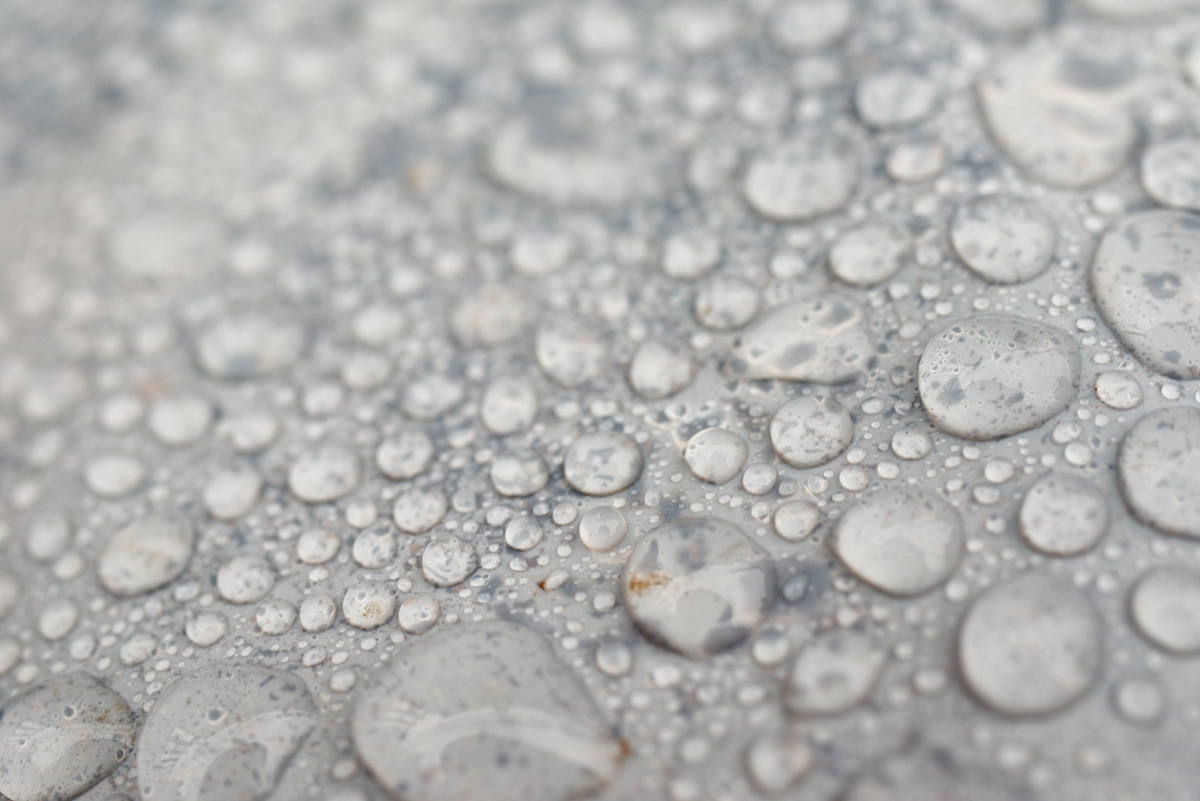Water softeners are popular in places like schools and factories. These machines use salt to get rid of the hardness of the water that comes in. Since using salt is necessary for a softener to work and has environmental and financial consequences, it is crucial to keep an eye on and improve how much salt is used. Read on to learn more.
Leaking valves or bad controls can sometimes cause too much salt to be used, which can cause brine systems to overflow and lose highly concentrated and valuable salt water before it even starts the regeneration process. Your brine system may look fine—no evident leaks and modern, high-tech controls—but we regularly find that even new softener systems use twice as much salt as they need to!
Too much brine flowing through the resin during regeneration or for too long of a time period is often to blame. In these situations, the extra salt just goes down the drain.
To get the most use of salt, softener systems need to be set up such that the regeneration cycle fits the needs of the resin. They also need to be kept in good operating order.
Things That Affect How Much Salt You Use
If a water softener is working effectively, the best amount of salt to use depends on three key things: how much water you use, how clean the water is, and how much resin the softener can hold.
1. How much water you use
It’s easy to see how much water is used. The amount of salt needed depends on how much soft water is made. A softener will soften a certain amount of water before it needs to be replaced. Less soft water means fewer regenerations, which means less salt will be utilized overall.
2. Quality of the Water
Hardness:
The amount of salt used changes in a straight line with the level of hardness. A water source with a lot of hardness will need more salt per gallon of soft water than a source with less hardness. For instance, a water softener that gets 400ppm hardness would need twice as much salt to soften the same quantity of water as one that gets 200ppm hardness. This is because the hardness ions would bind to the resin exchange sites twice as quickly, which would mean twice as many regenerations.
TDS:
The amount of salt needed to make the resin regenerate will depend on the total amount of dissolved solids (TDS) in the incoming water. In general, the more TDS there is in the incoming water, the more salt is needed for each regeneration. This link is not linear, and the effect is only meaningful for water conditions with TDS levels exceeding 500 ppm.
3. Amount of resin
When trying to use salt more efficiently, the capacity of the softener resin is quite significant. When the resin is regenerated, a greater salt dose will give it a higher grain capacity. This means that the softener can process more gallons of water before needing to be regenerated. But the link between how much salt is used and how much grain can hold is not a straight line. So, using less salt and regenerating more often will save you more salt.
Keeping Things Working Right
Even small problems with your softening system might waste a lot of salt. Here are some techniques for finding out if your water softener is broken:
1. Check the hardness
If a softener is using salt but not adequately softening the water, it is squandering salt and not doing its job.
2. Look for a leaking valve head
Water seeping from the valve-head could mean that the inside is worn out, which could make it work worse and use more salt.
3. Look for brine tanks that are full to the brim
When water leaves the brine tank, it will take the salt with it. If the brine tank overflows, it’s because the unit isn’t working right. This could happen from time to time, so check the floor for salt stains and make sure the water level is below the overflow height.
4. Keep track of how much salt you use
It’s natural for salt use to change a little when water use goes up and down. However, big jumps in salt use can mean that something is broken.
5. Do an elution study
An elution study is when you check the salt level in the drain line during the whole regeneration cycle. You can easily tell if the brining system is working right and if the softener is utilizing the right quantity of salt by plotting the measured concentration against time.
Final Thoughts
Many uses depend on soft water, and it can make systems work better while cutting expenses by a lot. But it’s crucial to know that they cost money and hurt the environment. If you actively endeavor to reach and keep the best salt use, you can save a lot of money on running a softener.
Salt Works USA In Arizona
At Salt Works we strive to meet the salt delivery needs for the entire Phoenix valley. Proudly serving the great state of Arizona for over 20 years, Salt Works has become a leading provider for salt and water treatment needs by earning the trust of our valued customers. We promise to build on our strong foundation and reputation through exceptional customer service and quality of our products. Contact us today! [/vc_column_text][/vc_column][/vc_row]







